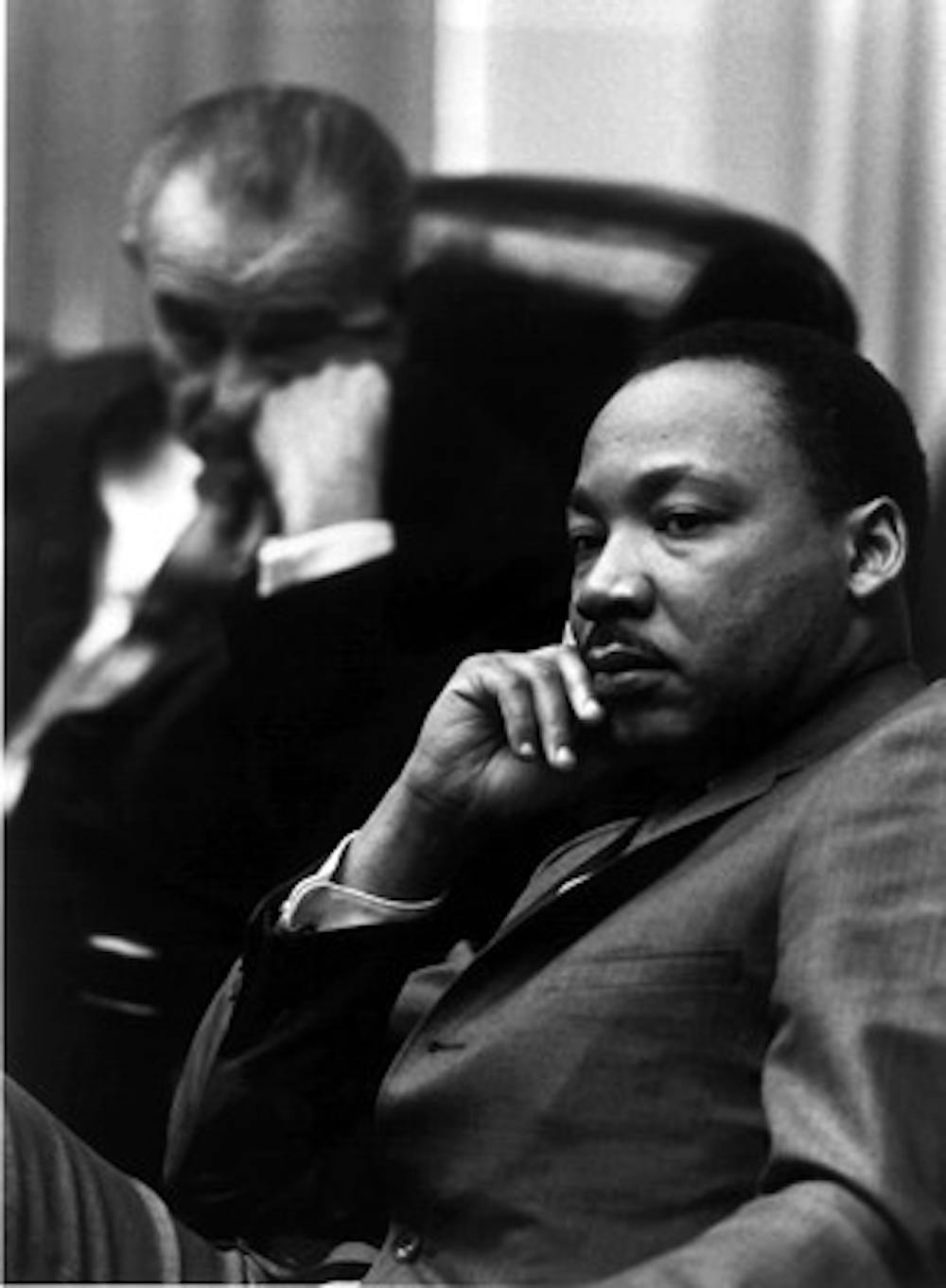King: A Filmed Record
GRADE: A
To many educated in the American public school system, a documentary about Dr. Martin Luther King, Jr. may sound a bit old. Most of us are well-versed about the life of this great and beloved leader.
We’ve heard his recorded speeches since grade school, read about him in textbooks and have performed services on the holiday dedicated to him. We’ve sung songs about him, watched the video of him speaking live at the Lincoln Memorial and have performed in pageants about him. As a cultural icon, he is as much of an integral part of growing up in America as George Washington or Christopher Columbus.
Yet the documentary, “King: A Filmed Record: Montgomery to Memphis,” paints a stark and realistic portrait of King in his prime that many have never seen. Directed by Sidney Lumet and Joseph Mankiewicz and released in 1970, the film was nominated for an Academy Award for Best Documentary. Regardless, it is relatively obscure in the film world and has a limited distribution, usually screened in theaters for MLK Day.
The film is an intense, almost creepy experience when seen in a theater. The huge black and white images of events such as a young woman being dragged across the street by multiple cops, or protesters at a rally, seem to trap you inside their somber, white noise-filled vacuums. The film has no narration, only a few brief interludes by people such as Sidney Poitier and Bill Cosby, standing alone in gray rooms, reciting King’s speeches. The camera zooms in so close you can almost see their pores and individual hairs. You see men being arrested for participating in a sit-in and hear the sound of their feet being dragged on the pavement.
This is more than flat characters and the stuff of history textbook mythology. This film is a bug on the wall’s perspective of the Civil Rights era. The viewers can notice very human details that are rarely seen in other film reels. Viewers also notice the white man quickly and considerately adjusting King’s microphones during the iconic Lincoln Memorial rally; a staring, smiling infant on a woman’s lap, relatively nonplussed by the raucous sermon that is taking place, and a young man being punched by a sheriff attempting to prevent a huge line of black people from voting. The man delivers a brave and stunning speech to the sheriff, who then proceeds to deliver a sudden and sickening blow. The sound of impact on flesh is recorded to the very decibel, and you can hear the cries of anguish and shock from the onlooking crowd.
The film’s sequence is loose, occasionally feeling like a series of reels with little correlation, yet it is roughly the history between the Montgomery bus boycott and King’s death in Memphis. Countless examples of King’s oratory are captured, from his quintessential “I Have A Dream” speech to lesser-known speeches, such as “The Drum Major’s Instinct” and several of his more religious sermons. The soundtrack is soulful Southern blues that envelops the film in a spirited, vivid light.
Standing alone, “King” is not just a marvelous documentary about Dr. King, but a marvelous documentary by itself, capturing the raw lushness of life quite masterfully.
You can reach this writer at thescene@theeagleonline.com.





